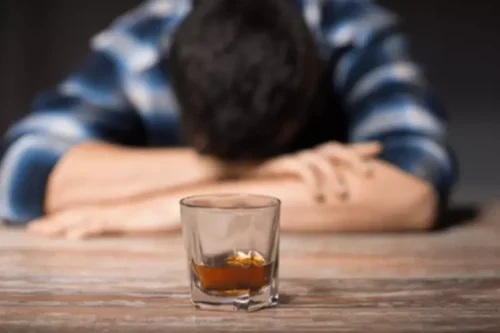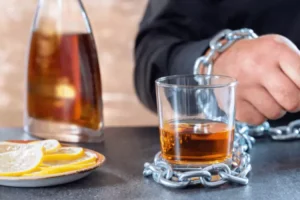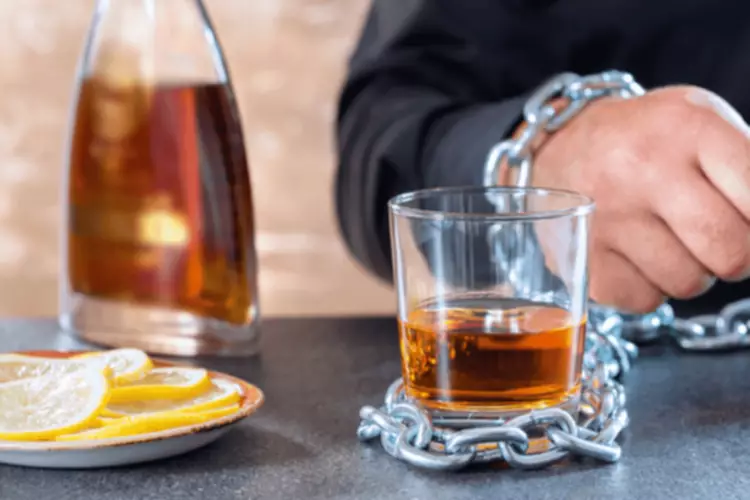
Don’t stop opioid medicines without help from a healthcare professional. Quitting these medicines suddenly can cause serious withdrawal symptoms, including pain that’s worse than it was before you started taking opioids. Your healthcare team can help you gradually and safely reduce the amount of opioids you take. Another detoxification option, known as medically managed withdrawal, has greater likelihood of success. Along with opioid addiction treatment, you may also need help with your mental or emotional health.

Public Health

Opioid use disorder is a chronic disease of the brain—sometimes called an addiction—characterized by the persistent use of opioids despite harmful consequences caused by their use. Patients typically have both physical dependence and loss of control over their opioid use and may experience serious consequences related to their use. It is a relapsing disorder, which means that if people who have OUD stop using opioids, they are at increased risk of reverting to opioid use, even after years of abstinence. Opioid use disorder is a chronic and treatable mental health condition that involves a problematic pattern of opioid misuse. Effective treatment is possible and typically involves medication and cognitive and behavioral therapy.
Finding support for opioid use disorder

Receive free access to exclusive content, a personalized homepage based on your interests, and a weekly newsletter with topics of your choice. Log in or create an account for a personalized experience based on your selected interests. American Addiction Centers (AAC) is committed to delivering original, truthful, accurate, unbiased, and medically current information. We strive to create content that is clear, concise, and easy to understand. Everyone plays an important role in breaking the grip that opioids have on opioid addiction treatment communities and their residents.
Drug Overdose Deaths: Facts and Figures
- It should be managed and monitored by medical professionals who are properly trained to treat the condition.
- The misuse of opioids — legal, illegal, stolen or shared — is the reason 90 people die in the U.S. every day on average, according to the American Society of Anesthesiologists.
Given the severity of the opioid epidemic, the easy availability of opioids via the Internet poses significant risks to U.S. consumers. Everyone who overdoses with opioids, whether with a prescribed medicine or an illicit drug, can use naloxone, including nasal sprays and injections. Examples of opioids include heroin, fentanyl, oxycodone, hydrocodone, codeine, and morphine. Always talk to your healthcare provider before taking any medications for opioid withdrawal. It is not recommended to stop opioids quickly during pregnancy, as it can lead to serious consequences such as miscarriage, fetal distress, or preterm labor.
Medications for Opioid Overdose, Withdrawal, & Addiction

Experiencing euphoria after taking opioids may be a warning sign of vulnerability to opioid addiction. This euphoria can even occur in people using opioids as prescribed by their doctor. Unfortunately the number of people experiencing an overdose of opioids is significant. The number who died of an overdose of opioids in the 12 months ending in April 2021 was estimated to be over 75,000.
What treatments are available for opioid withdrawal?
The healthcare professional is an important partner if you decide it’s time to take action. Withdrawal symptoms may increase in severity over 72 hours before beginning to ease. Unlike withdrawal from other drugs such as alcohol or benzodiazepines, withdrawal from opioids is uncomfortable but rarely life-threatening. Treatment can include supportive measures to ease symptoms and help ensure the person is safe, including administering methadone or buprenorphine. People with untreated OUD often experience social, legal, economic, and health consequences as a result of their opioid use. It is important to remember that OUD is not the result of personal failure or insufficient willpower; it is a brain disease for which effective treatment options are available.

